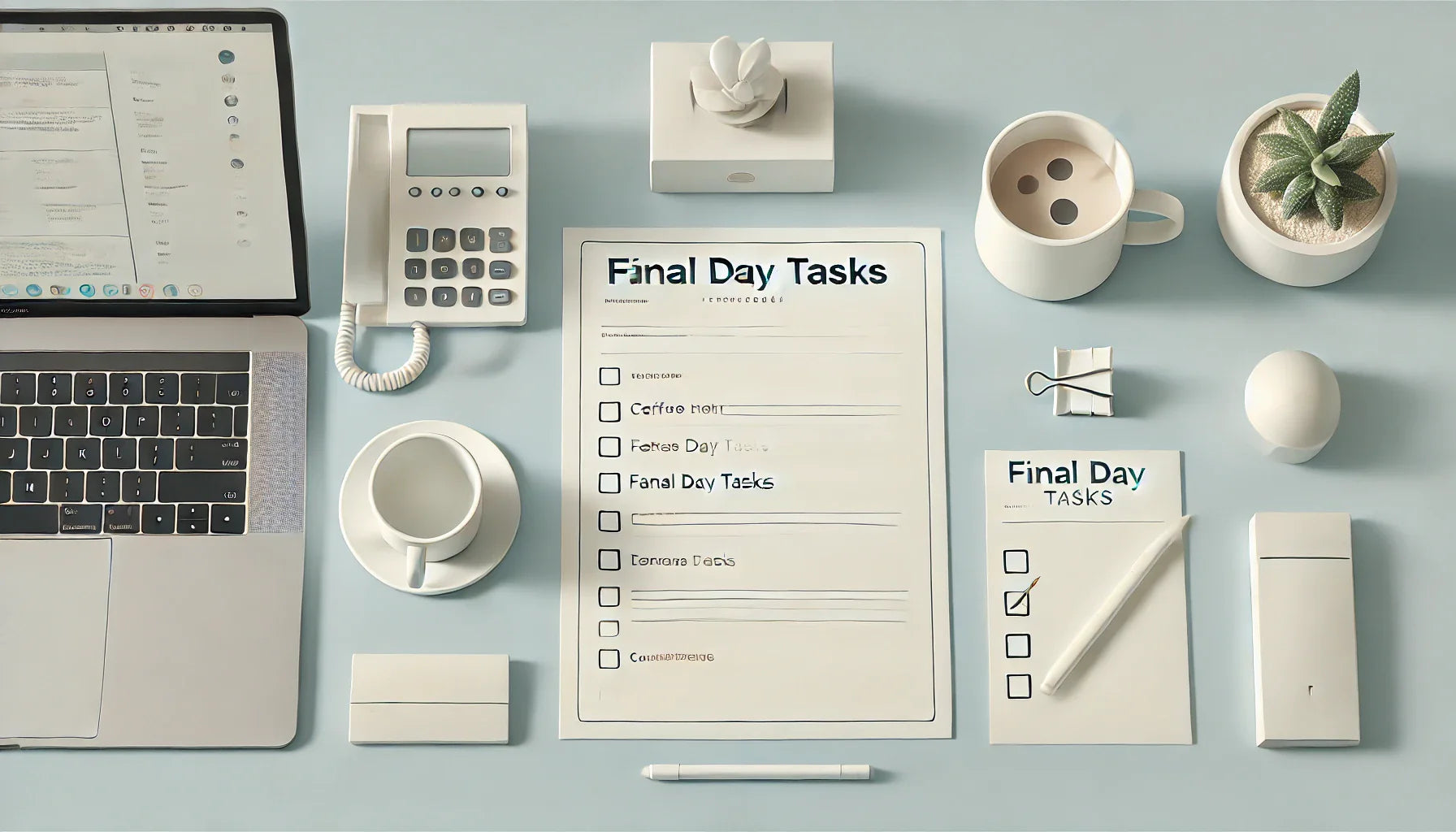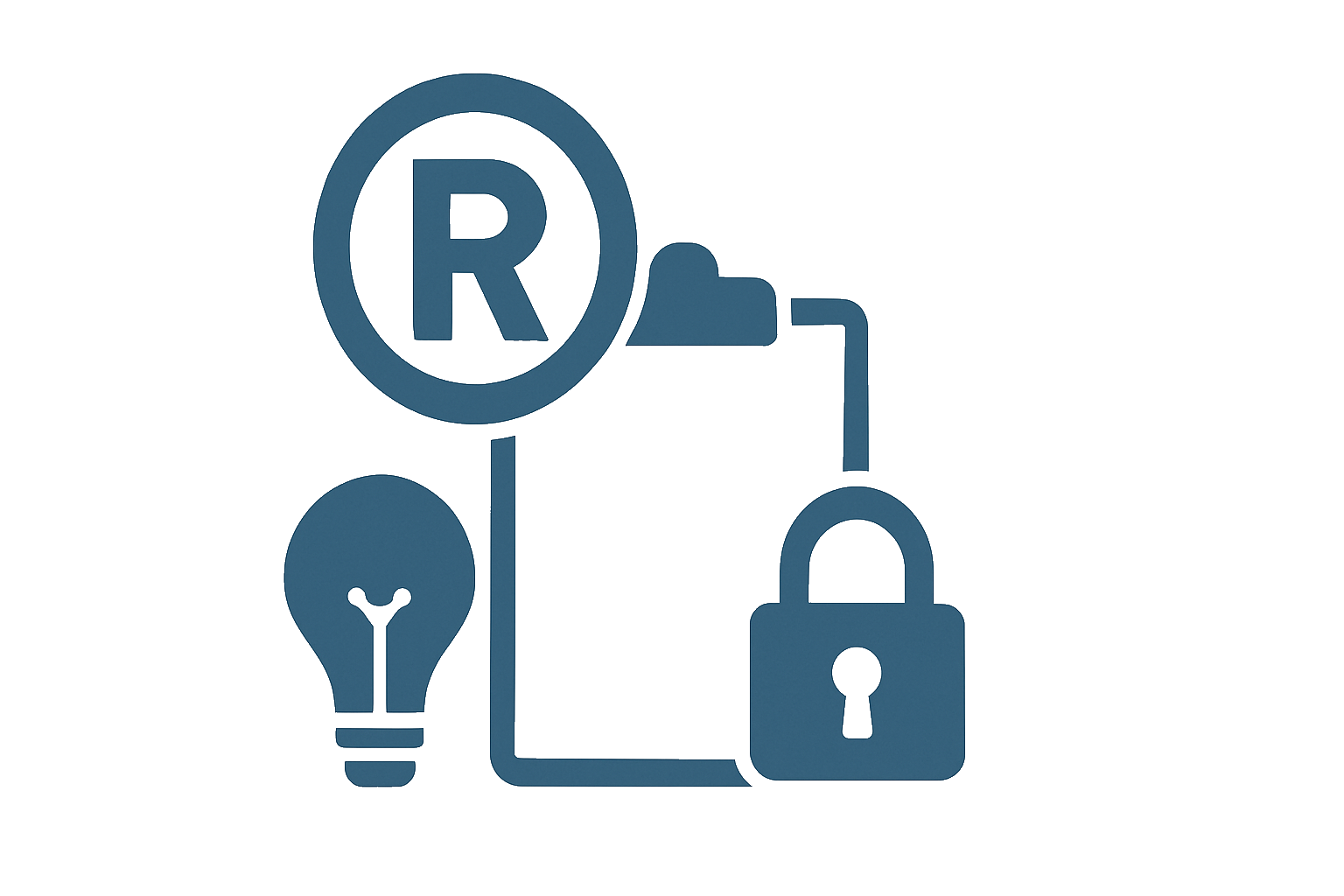📌 Quick Summary
Leaving a job? It’s not just about handing in your badge and avoiding a cake in the breakroom. From knowledge transfer to company property, there's vital info you owe your employer. Here's how to offboard like a pro without the stress—or the awkward goodbyes.

❓ Common Questions & Answers
1. What should I tell my employer when I resign?
Be direct but polite. Share your resignation reason briefly, give proper notice, and focus on a smooth transition—not drama.
2. Do I have to do an exit interview?
It’s usually optional, but recommended. Use it to give constructive feedback—minus the roast session.
3. What happens if I don't complete offboarding tasks?
You risk burning bridges, delaying final paychecks, or even breaching contracts—so yes, that shared drive access matters.
4. Do I have to train my replacement?
Not always, but knowledge transfer is key. Document your duties to help the next person thrive (or at least survive).
5. Can I take my work files with me?
Unless it's your own intellectual property, nope. Company files = company property. Don’t risk legal trouble.

📜 Step-by-Step Guide
Step 1: Give Notice Professionally
Submit a resignation letter with your final work date. Be gracious, not ghostly.
Step 2: Schedule a Transition Meeting
Align with your manager on final responsibilities, timelines, and how to wrap up key projects.
Step 3: Start the Knowledge Transfer
Create documentation, tutorials, or walkthroughs for your replacement—future-you would thank you.
Step 4: Return Company Property
Laptops, badges, access cards, company swag—even the fancy coffee mug—return everything.
Step 5: Exit Interview Etiquette
Participate if offered. Offer honest but tactful feedback, and avoid using it as a therapy session.
📖 Historical Context
The concept of employee offboarding isn't new—but it has evolved significantly since the 20th century. In the early industrial age, quitting a job was a handshake and a wave goodbye. There were no laptops to return or Slack channels to leave. The process was simple: leave and never look back.
By the 1980s, with more corporate structures in place, companies began formalizing offboarding processes. HR departments introduced exit interviews, final paycheck protocols, and asset return checklists—some of which were as thrilling as reading a VCR manual.
Fast forward to today: the digital age has made offboarding more complex and more critical. With cybersecurity risks, remote teams, and intellectual property concerns, leaving a job is now a mini project of its own. Offboarding has become a blend of etiquette, legality, and digital hygiene. It’s less about goodbyes and more about good recordkeeping.

🏢 Business Competition Examples
1. Google – Known for its meticulous offboarding process, Google emphasizes detailed knowledge transfer, optional exit surveys, and even farewell presentations.
2. Deloitte – Offers a structured digital offboarding platform, automating everything from final benefits to access deactivation—because spreadsheets can’t hug you goodbye.
3. Shopify – Encourages departing employees to mentor their replacements and share “lessons learned” in a centralized internal wiki.
4. Netflix – Keeps it lean. Their culture memo says, “We're a team, not a family”—so exits are respectful, but swift and clean, emphasizing performance continuity.
💬 Discussion Section
Leaving a job gracefully requires more than two weeks' notice and a well-written resignation letter. It's about respect—for your employer, your teammates, and your own professional brand.
When offboarding is treated with care, everyone wins. Your employer retains valuable institutional knowledge, your coworkers aren’t left scrambling, and your LinkedIn recommendations stay glowing. But it's easy to underestimate the importance of the little things: that half-finished project, that undocumented process only you know, or the vendor contact info saved only in your inbox.
The truth is, most companies don’t want to make offboarding feel like an audit. They want a clean, smooth transition. That means returning all assets, securing sensitive data, and ensuring that no one’s locked out of tools the Monday after you're gone.
And while exit interviews may feel like corporate therapy, they're also your last chance to improve the workplace for the next person. Just be kind, specific, and avoid turning it into a Shakespearean soliloquy of workplace betrayal.
Lastly, remember that your offboarding sets the tone for future opportunities. A poorly managed exit can echo through references, networks, and future job offers. A professional exit? That’s an encore worth delivering.

⚖️ The Debate
Pro-Offboarding Formality:
A formal offboarding process ensures compliance, protects IP, and prevents security risks. It provides closure for both employee and employer and helps with smooth transitions.
Against Over-Structuring:
Too much red tape can make offboarding feel cold and impersonal. It may stress employees or make them feel micromanaged during an already emotional transition.
✅ Key Takeaways
-
Submit notice professionally with a clear timeline.
-
Document responsibilities and handover details.
-
Return all company property and digital access.
-
Participate in exit interviews if offered.
-
Maintain professionalism to preserve your reputation.

⚠️ Potential Business Hazards
-
Data Loss or Theft – If access isn’t revoked properly, former employees could unintentionally (or intentionally) retain sensitive data.
-
Security Breaches – Open email accounts or credentials can be exploited.
-
Project Disruptions – Without clear knowledge transfer, ongoing projects may stall.
-
Brand Reputation Damage – Poor offboarding can lead to negative reviews or employer brand damage.

❌ Myths & Misconceptions
-
“I can just quit and disappear.”
Not unless you’re auditioning for a spy movie. Professional exits matter. -
“Exit interviews are pointless.”
They’re useful—for both feedback and closure. -
“I own the work I did.”
Unless it’s contractually stated, it belongs to the company. -
“They won’t care if I don’t train anyone.”
Your absence will be felt. Documentation helps your team thrive post-departure. -
“Deleting everything clears my tracks.”
It’s traceable—and might get you in legal hot water.
📚 Book & Podcast Recommendations
-
Book: “The First 90 Days” by Michael D. Watkins – Great for understanding both entry and exit strategies.
https://amzn.to/3TzN1XR -
Book: “Radical Candor” by Kim Scott – Helps with those tough conversations on the way out.
https://amzn.to/3vLZsF6 -
Podcast: HBR Ideacast – “How to Leave Your Job Gracefully”
https://hbr.org/podcast/2023/06/how-to-leave-your-job-gracefully -
Podcast: Career Tools – “Resigning Without Burning Bridges”
https://www.manager-tools.com/series/career-tools

⚖️ Legal Cases
-
IBM v. Visentin (2011)
A key case involving non-compete clauses when a former exec jumped ship.
https://casetext.com/case/ibm-v-visentin -
Amazon v. Powers (2020)
Centered on trade secrets and data retention after resignation.
https://casetext.com/case/amazoncom-inc-v-powers -
PepsiCo, Inc. v. Redmond (1995)
Landmark case on the "inevitable disclosure" doctrine.
https://casetext.com/case/pepsico-inc-v-redmond -
Allstate v. Rote (2021)
Highlights digital offboarding missteps and data access violations.
https://casetext.com/case/allstate-ins-co-v-rote
📣 Expert Invitation
Want more offboarding insights or templates for exit interviews, checklists, and graceful departures? Visit http://inventiveunicorn.com for free tools and expert advice—no awkward goodbye party required.
![]()
🔚 Wrap-Up Conclusion
Offboarding isn’t just a box to check—it’s the final chapter in your workplace story. Leave with grace, hand over the baton, and walk out the door with your professional reputation intact. Because quitting doesn’t have to mean burning down the building (unless you work in demolition).












